Lassithi Plateau
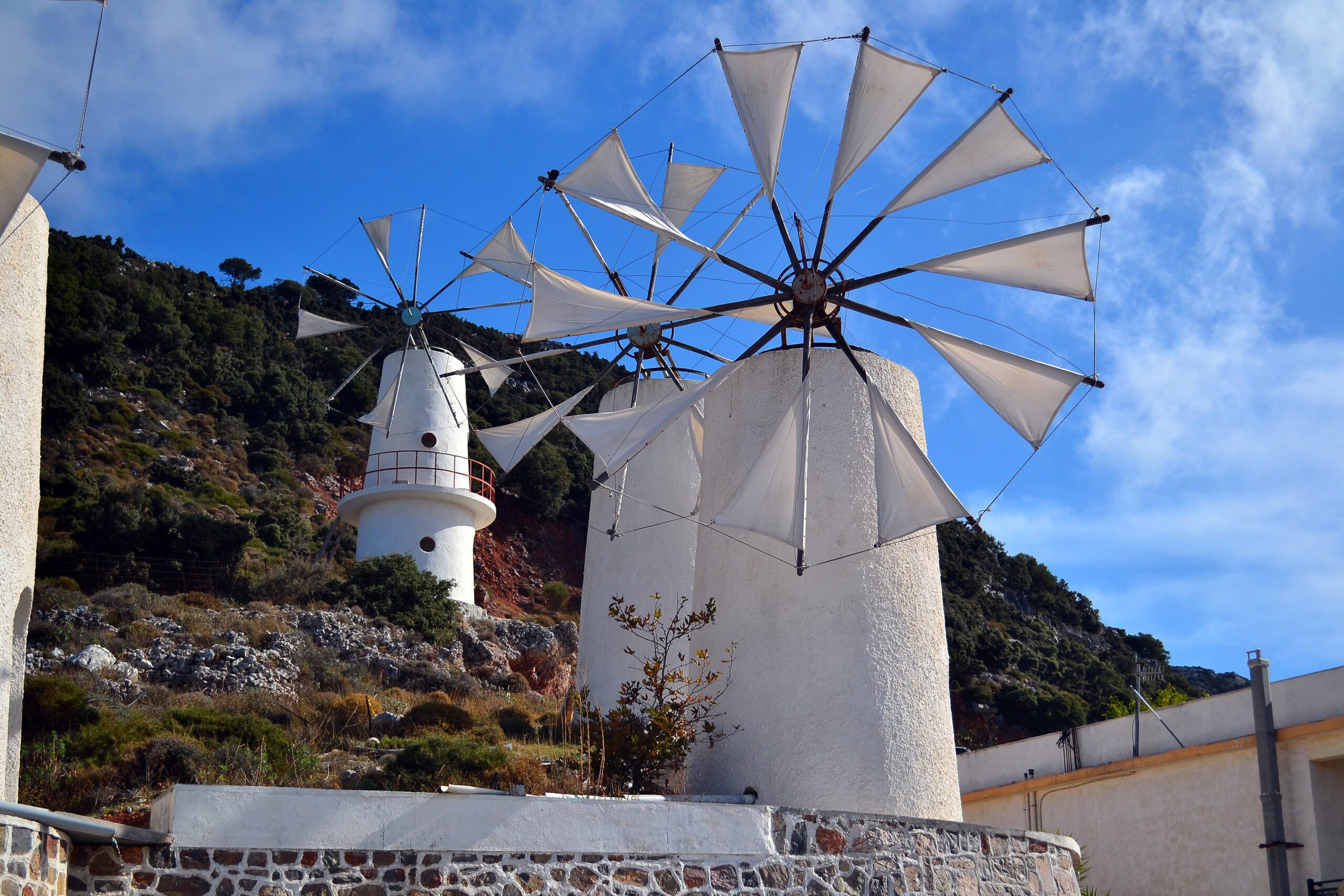

At the very heart of the Crete island lies one of it’s most beautiful and memorable attractions – the Lassithi Plateau, also known as the Zeus’ birthplace. But let’s not get into the numerous depths of the Greek mythology and move to the quiet interesting facts about the biggest plateau of Crete instead.
Lasithi is one of the few places in Crete which despite it’s rapidly growing popularity and millions of tourists manage to preserve a great number of old Cretan traditions. Just for the statistics: among 18 local villages with a total number of more than 2k permanent inhabitants there is only one supermarket and ATM here, a single school and a hospital and dozens of other “limited edition” things as well. Locals seem to be rather relaxed about that – a matter of habit they say, plus everyone here owns a car or a couple of donkeys at least. Aha. Exactly. “Donkey Ride” in Lassithi is not just a tourist attraction (as many use donkeys and mules to get to the Zeus Cave), but also an integral part of Lassithi’s agricultural infrastructure.
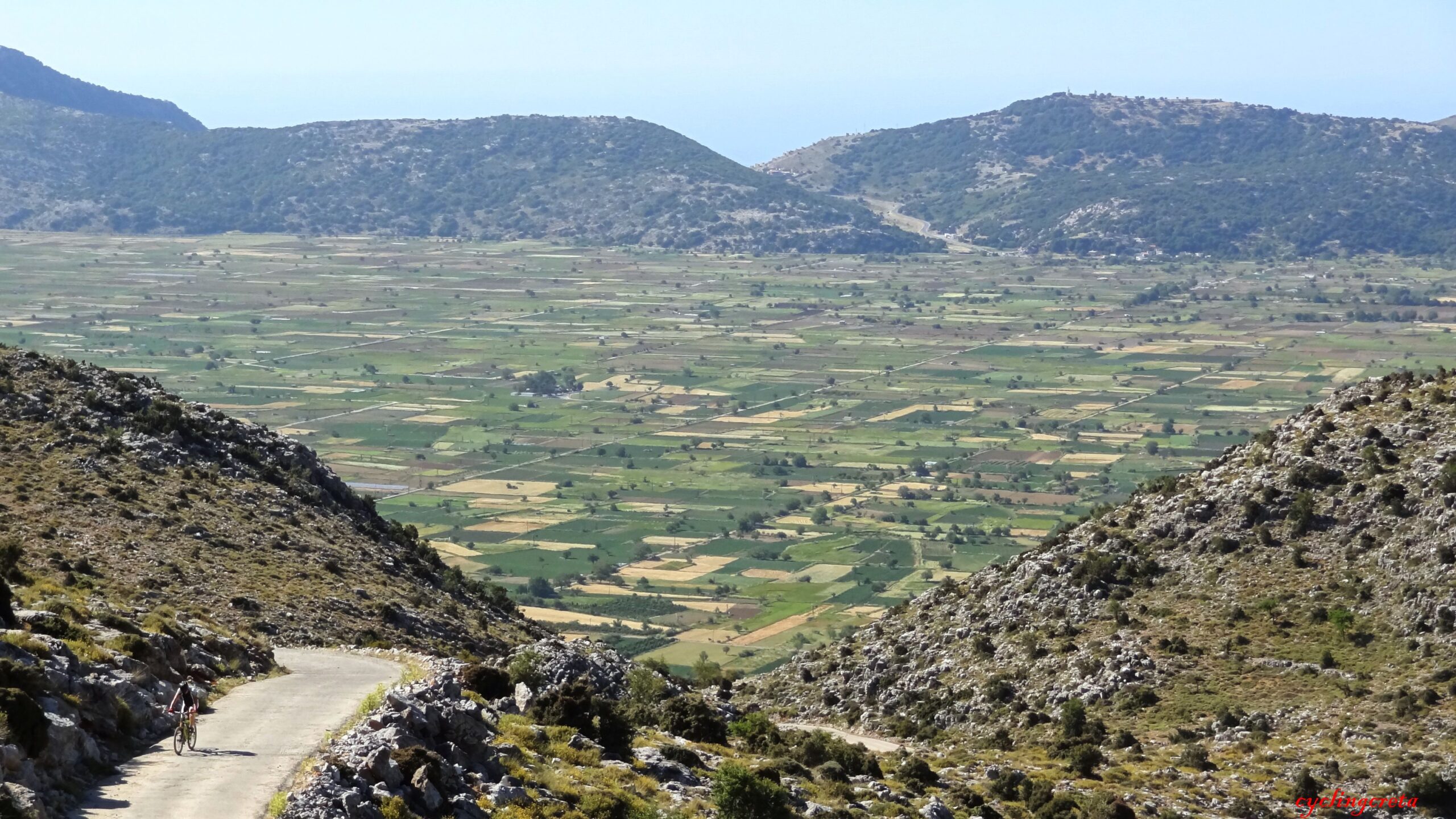
Speaking of Zeus. Psychro Cave or simply the Cave of Zeus is a small stalactite cave, also known as the birthplace of Zeus, the supreme god of Olympus. The cave is situated in the village of Psychro, at the very top of almost two thousand meters high mountain. But no time for long-reads, let’s just say that even a mere sight at this place will cast all the doubts you had about the existence of Greek gods – the beauty of this place is simply beyond one’s imagination!
In addition to the popular sightseeing destination, Lassithi is also of one of cretan most fertile regions, providing almost whole the island with fruit and vegetables all year round. It won’t be tricky to guess that tourism here is nothing bigger than a summer hobby for locals. The truth is that for most of the people living here the main occupation is agriculture or cattle breeding as well as other agricultural activities in general.
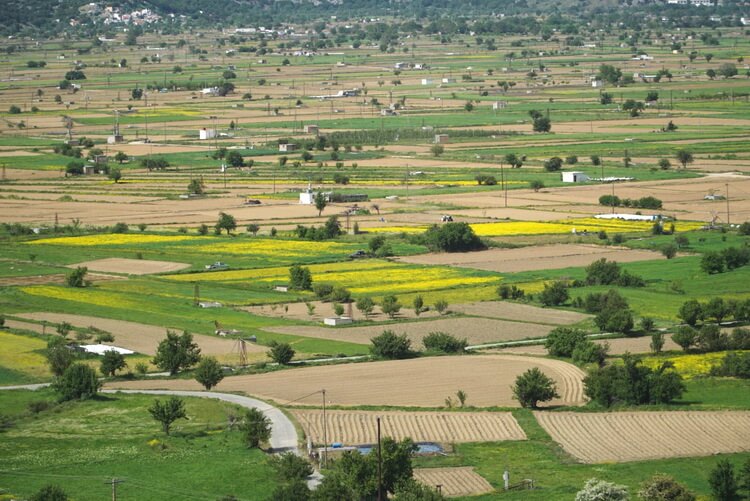
Another thing about Lassithi that couldn’t be left unnoticed is it’s authentic lifestyle. Hear locals talking Cretan dialect with a mixture of “plateau slang”, see them drinking coffees in the morning and raki in the evening and notice many of them dressing exclusively in black clothes. Although the last one needs explanation, it was rather a challenge to find the true source of this conservative dress code. During quiet an emotional discussion with locals we came to the conclusion that black clothes are mostly worn in mourning for the departed relatives and friends. The second popular guess was, as simple as it is, “because black is fashionable”. 🙂
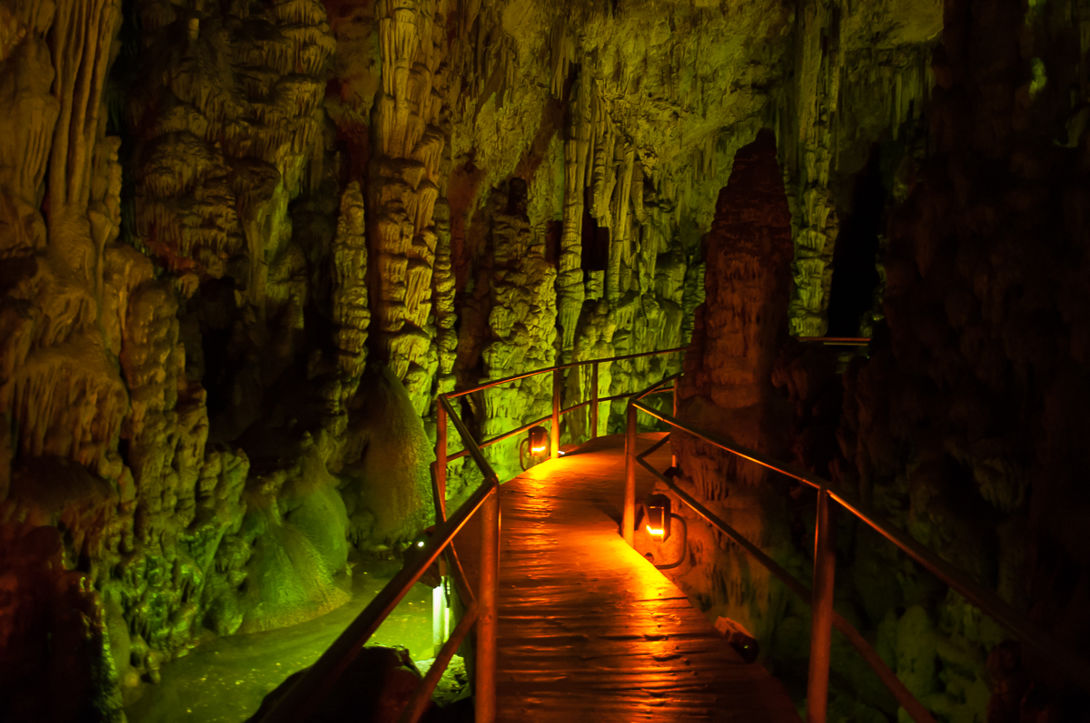
The best way to get acquainted with local villages is a half an hour trip around the cobbled streets of Tzermiado, Agios Georgios, Avrakondes and other Lassithi villages. These similar at first look but so different from each other in fact villages, immersed in vineyards and bougainvilleas, will make you fall in love with them once and for good!
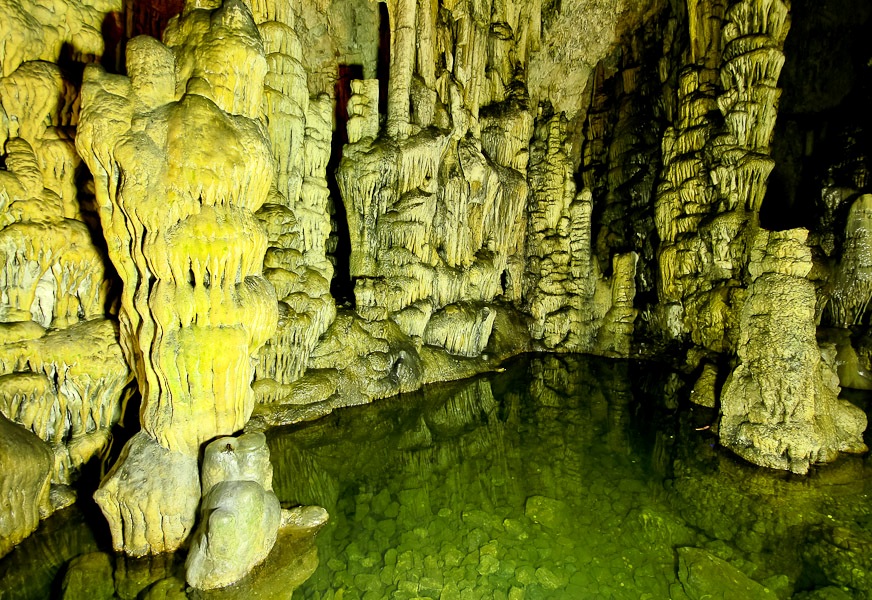
The local cuisine is a must! In contrast to the rest of Crete, you won’t find any grilled octopus or fresh fish here. Seafood is not highly esteemed up here in the mountains, leaving the gold medal to the meat dishes. But honestly speaking, such logic is rather understandable – why to eat a frozen shrimp when you can treat yourself with the delicious lamb baked in a wooden oven? Olive oil, wine, home-brew “raki” and local cheese won’t disappoint you either – Greeks certainly know how to cook and that is a fact.
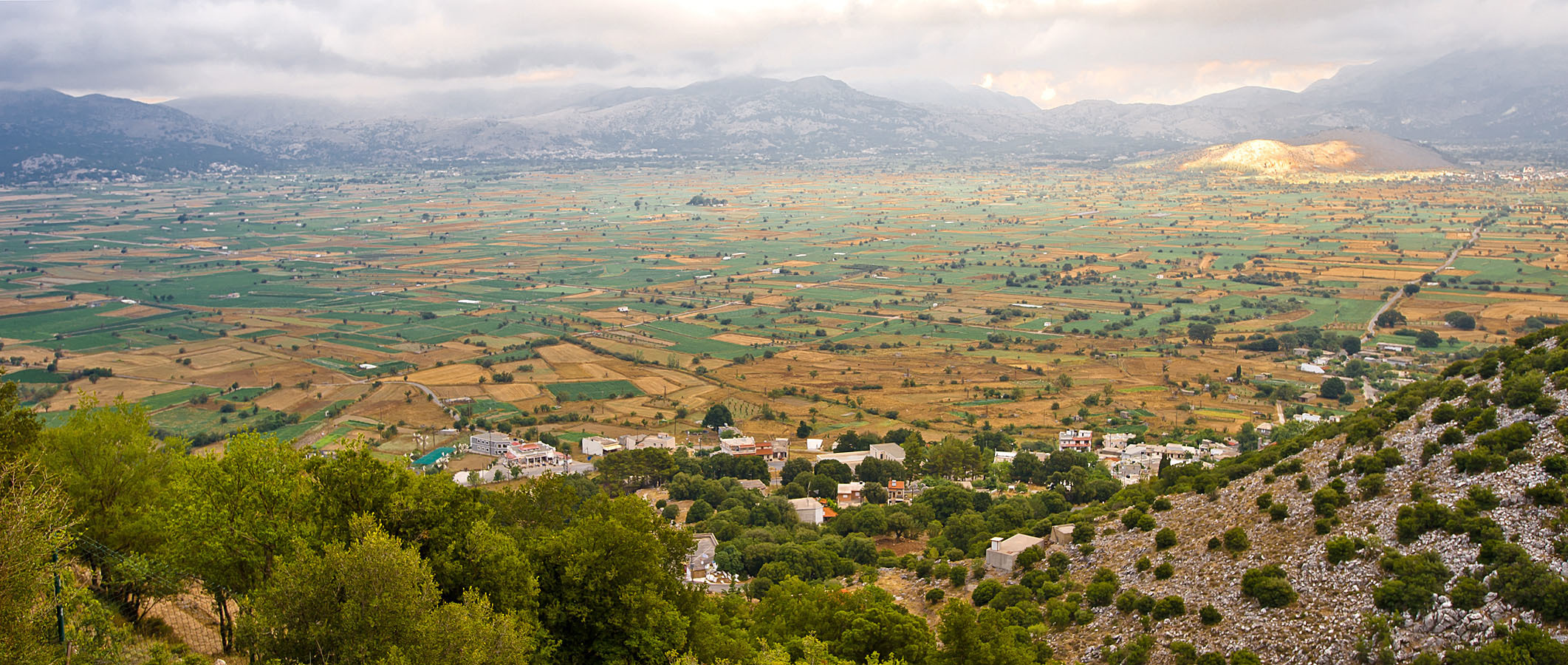
Despite the lack of art school, everyone here seems to know how to sing and dance, and such instruments as a lyre and cithara can be played almost by every second passer-by. From the first minutes of conversation with the locals you get an impression that Terpsichore has played a significant role in the development of local life: there is simply no celebration here that would end without loud singing and dancing. No need to specifically look for one thought: local Greeks can often be seen playing and singing in taverns for no particular reason at all.
At last, after meeting with Zeus, taking a hundred selfies with windmills and eating two plates of fakes (traditional Greek lentil soup), you won’t notice how time flies. Just don’t forget to throw a coin into the lake of Psychro Cave before leaving – simply to make sure one day you’ll return to the welcoming mountains of the Lassithi plateau!